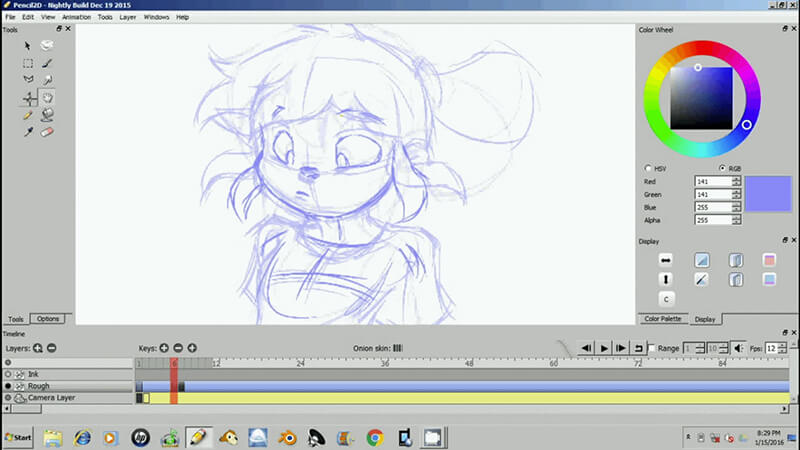

Cut out the sketched image and add it to the photo for a mix of “animation” and “live-action.” I suggest printing out a larger version of the photo first, so it doesn’t mess up the original image. Place these over the picture where they were traced to create a cool photo/drawing collage. To make this happen, draw over only some parts of the picture, and cut them out (or gently tear them out) once finished. One is the mix of live-action and sketchbook-looking animation. The basic rotoscoped sketch is nothing fancy. We could stop there, as some of the video’s images are very simple, but there are two clever things that stand out to make these sketches really distinct. That creates a plain old sketch tracing, which is essentially what most of these images are. Take the images off the light table or window and start “sketching” or filling some of the details in like shadows. Trace the bare basics using a back-light source like a light table or a window. Tape the sheet of paper over the picture and began tracing just the basic edges and details of the people in the image. Most people, however, have a window and some plain tape. Tape it on a window or drawing light table.ĭrawing light tables are how the “pros” do these images, and there are also several small inexpensive tabletop drawing LED lightboxes available.

All images by Lisa Tateįirst, find a photo with a background that isn’t too busy. Paper, pencils, and favorite photos ready to “Take On” a rotoscope DIY. Needed are favorite pictures, white plain drawing paper, and some good, sharp pencils. A simple sketch tracing, a mix of live-action and sketch together, and playing with the look of the image by adding lines. These image screen grabs from YouTube show the simple and effective results of rotoscoping sketches over live images. In celebration of 40 years of MTV and the creative minds it helped foster through the music video genre, try an easy way all artist levels can give their own favorite photo the “Take on Me” treatment. It was well worth it, as “Take On Me” is now one of the most famous music videos ever made with currently more than 1.3 billion views on YouTube alone. More than 3,000 frames were rotoscoped to create this tale, and the video took 16 weeks to complete.

The creators of “Take On Me” made this method all their own, creating a comic book-style story of romance and adventure. This method, called “rotoscoping,” was first created by animator Max Fleischer in the 1920s, and involves sketching over a movie, frame by frame, to come up with an animated design. Not only was the song “Take On Me” a massive and catchy hit, but the video (actually the second video made for this song) caught on due to its imaginative mix of pencil sketch animation and a live-action performance.


 0 kommentar(er)
0 kommentar(er)
